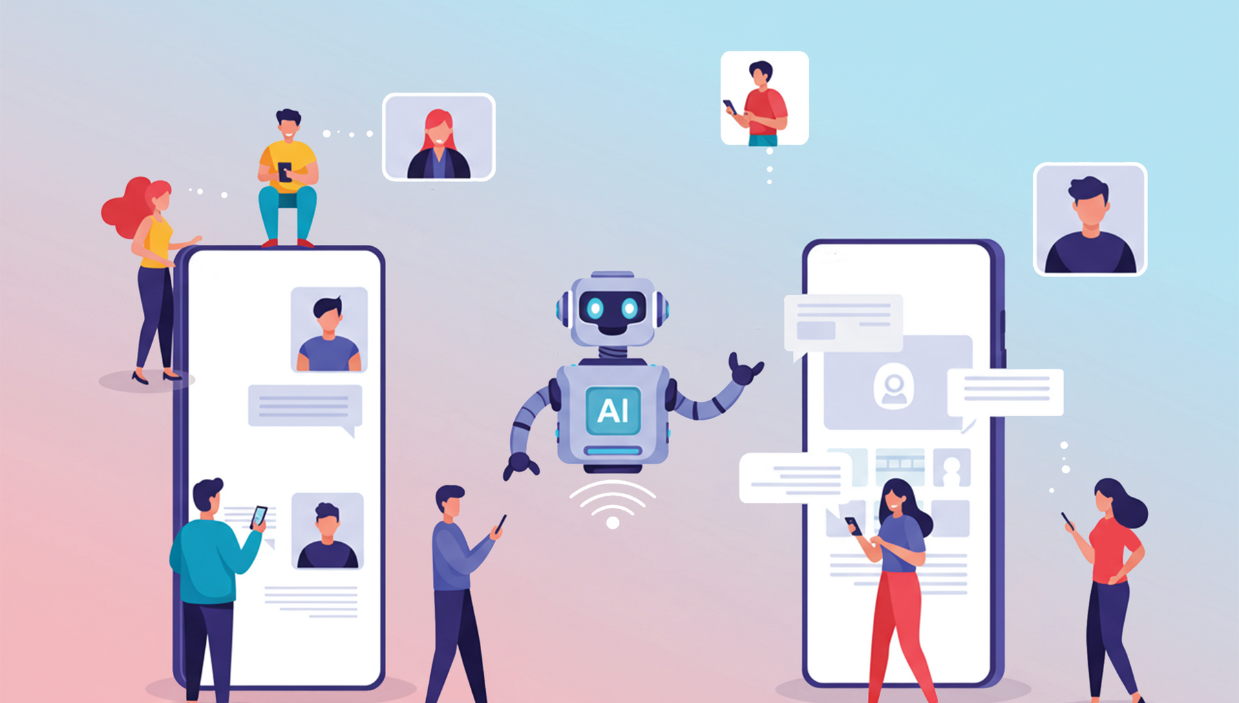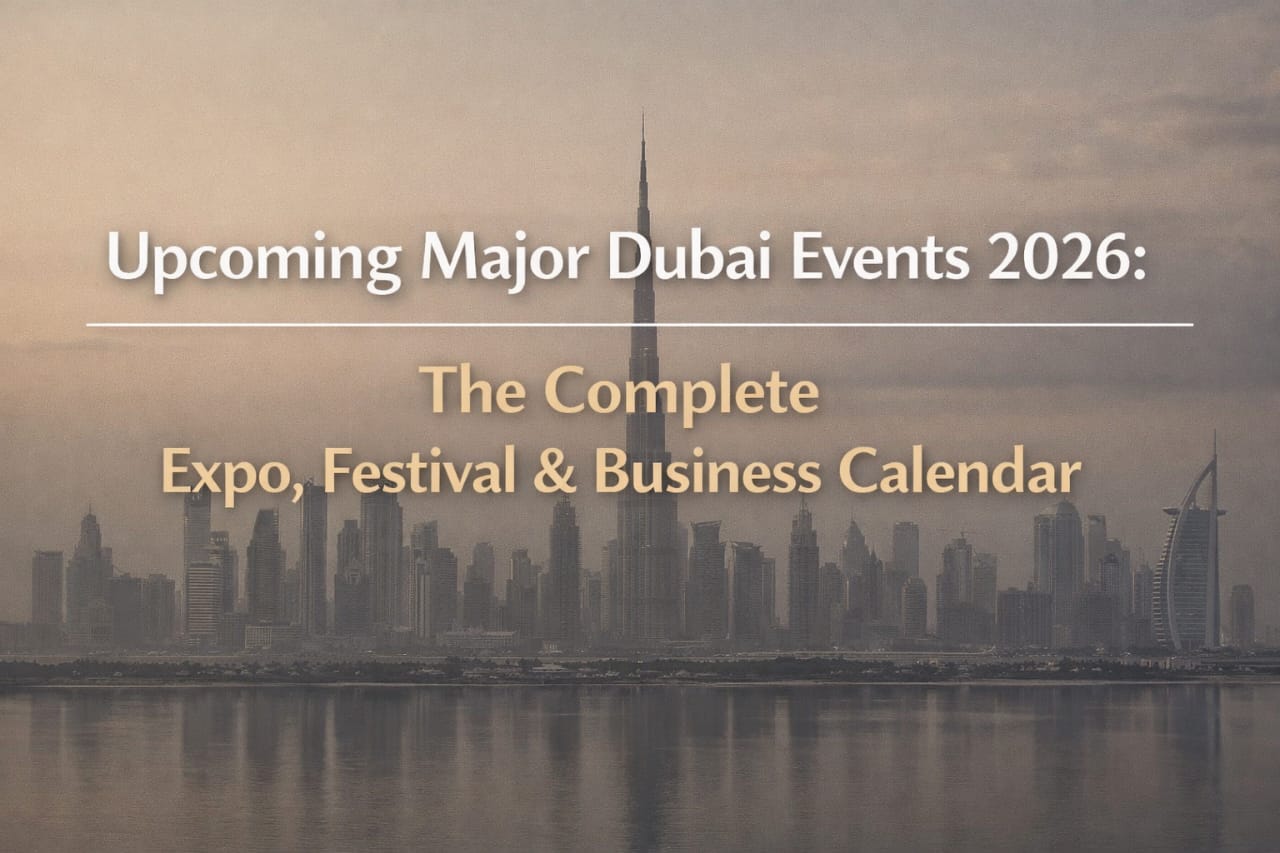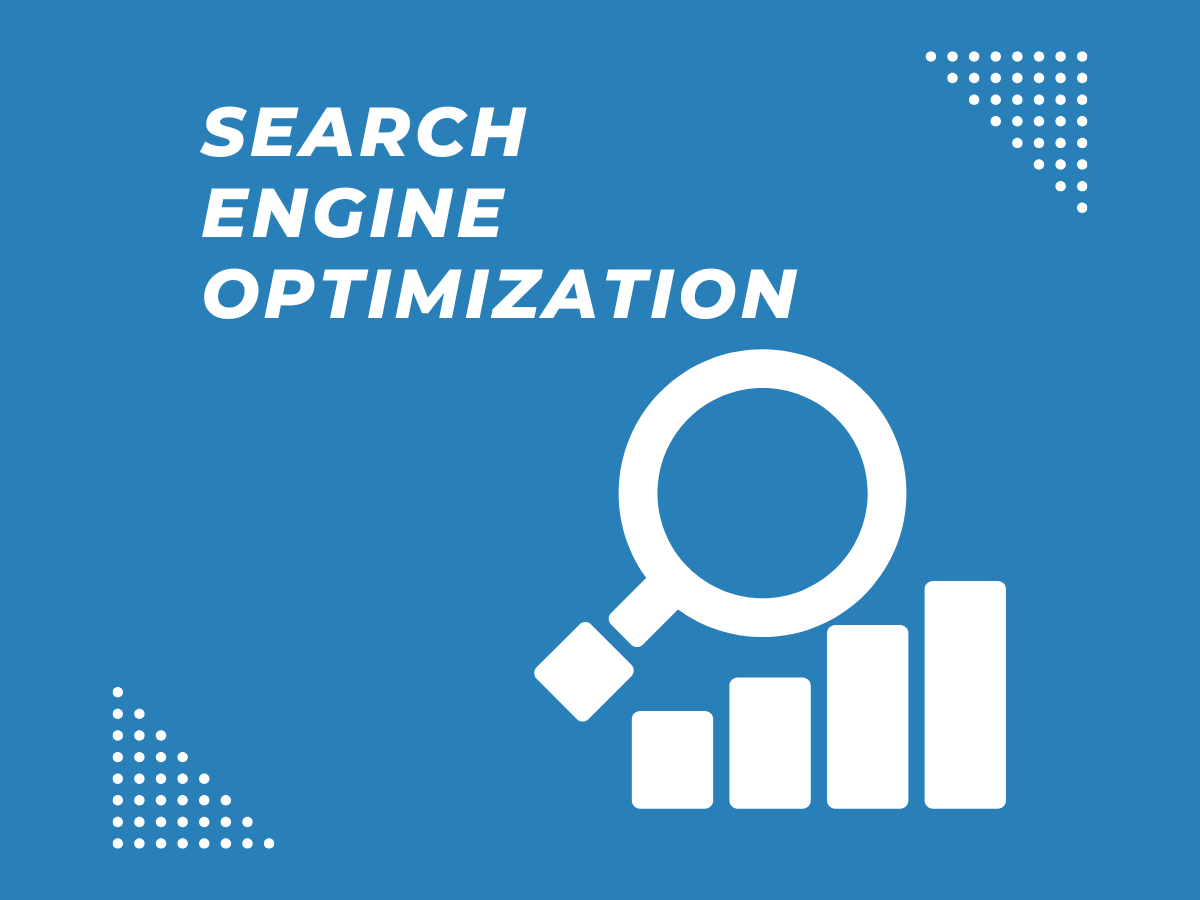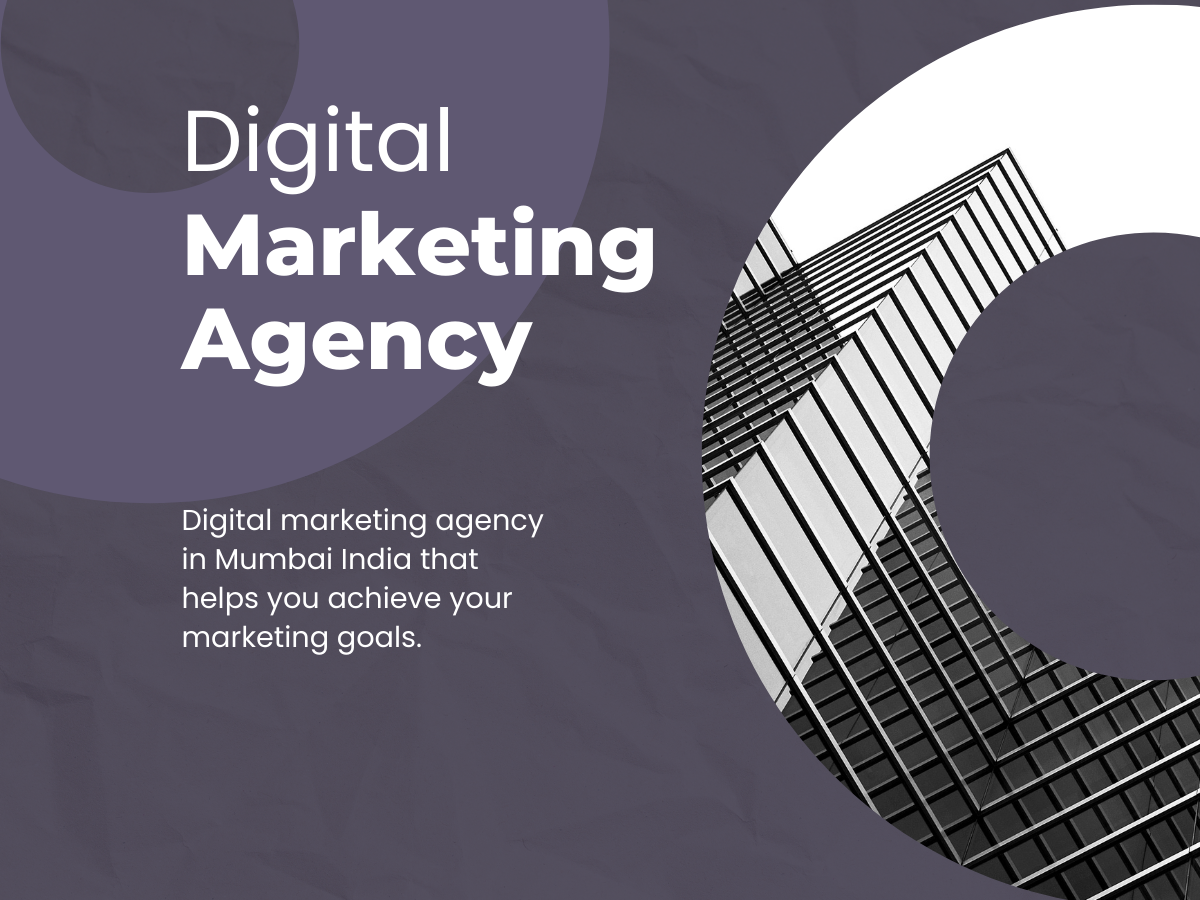In the fast-evolving digital landscape of 2025, visual content remains king. From social media posts and marketing campaigns to websites and product designs, compelling images are crucial for grabbing attention and communicating messages effectively. However, creating high-quality visuals often demands significant resources, talent, and time
Enter AI image generation tools—powerful platforms leveraging artificial intelligence to create stunning, customized images quickly and cost-effectively. These tools are reshaping how businesses, marketers, designers, and creators approach visual content, unlocking new levels of creativity and productivity.
In this blog, we will dive deep into the world of AI image generation tools, exploring what they are, why they matter, the leading tools available today, and how you can harness their potential to elevate your digital presence.
What Are AI Image Generation Tools?
AI image generation tools use advanced machine learning models—especially those based on generative adversarial networks (GANs) and diffusion models—to produce images from scratch or transform existing visuals based on user inputs. Instead of relying solely on stock photos or manual graphic design, these tools allow users to generate unique, tailor-made images by providing:
- Text prompts or descriptions
- Reference images for style or color
- Specific parameters such as mood, objects, or themes
The AI then interprets the input and creates new images that can range from photorealistic pictures to abstract art or stylized illustrations.
Why Are AI Image Generation Tools a Gamechanger in 2025?
- Speed and Efficiency
Traditional image creation, whether photography, digital art, or graphic design, can take hours or days. AI tools generate high-quality visuals in minutes or even seconds, dramatically accelerating content production cycles.
- Cost-Effectiveness
Hiring photographers, graphic designers, or purchasing expensive stock images adds up. AI tools reduce costs by automating the creative process, making professional-grade images accessible to small businesses, startups, and solo creators.
- Customization and Uniqueness
Stock images can feel generic or overused. AI-generated images are unique every time, tailored precisely to your brief, ensuring your brand visuals stand out.
- Creative Exploration
AI tools empower users without design expertise to experiment with different styles, concepts, and aesthetics easily, fueling innovation and fresh ideas.
Top AI Image Generation Tools in 2025
Let’s explore some of the leading AI image generation tools making waves this year:
1. DALL•E 3 (OpenAI)
Overview:
The latest iteration of OpenAI’s famous text-to-image model, DALL•E 3, generates remarkably detailed and coherent images from natural language prompts. It excels in producing imaginative, surreal, or photorealistic artwork.
Key Features:
- Text prompt-based image generation with fine control
- Inpainting to edit specific parts of images
- Integration with creative apps like Photoshop
- Extensive style versatility from cartoons to realism
Best For:
Marketing creatives, artists, and anyone needing rapid concept visuals or unique art pieces.
2. Midjourney
Overview:
Midjourney is an independent AI art generator that specializes in producing highly artistic and stylistic images. It’s popular among designers and social media creators for its rich textures and dramatic visual styles.
Key Features:
- Discord-based prompt input system for community interaction
- Multiple style modes and aspect ratios
- Ability to upscale and enhance images
- Active user community for inspiration and collaboration
Best For:
Creative projects requiring artistic flair, fantasy illustrations, and mood-setting visuals.
3. Stable Diffusion
Overview:
Stable Diffusion is an open-source AI model that democratizes image generation by allowing users to run it locally or on cloud services. It offers great flexibility and control over generated images.
Key Features:
- Text-to-image synthesis with custom model training
- Open-source, highly customizable
- Supports plugins and extensions for Photoshop, Figma, and more
- Community-driven model enhancements
Best For:
Developers, enterprises, and creators who want bespoke AI image generation workflows.
4. Runway Gen-2
Overview:
Runway Gen-2 extends AI capabilities beyond static images into video and animation generation but also offers powerful still image synthesis using advanced diffusion techniques.
Key Features:
- Multimodal video and image generation from text prompts
- Easy-to-use web interface and API
- Collaboration tools for creative teams
- Supports creative workflows integrating video and images
Best For:
Brands and agencies blending image and video content creation seamlessly.
5. Canva’s AI Image Generator
Overview:
Canva, the widely used graphic design platform, now integrates AI image generation directly into its interface, making it easier for marketers and social media managers to create unique visuals without leaving the app.
Key Features:
- Text-to-image generation inside the drag-and-drop editor
- Access to design templates and assets
- Instant image resizing and editing
- Seamless publishing to social media and other channels
Best For:
Social media marketers, small businesses, and non-designers seeking quick and integrated image creation.
Practical Tips for Using AI Image Generation Tools Effectively
1.Craft Clear and Detailed Prompts:
The more specific your text input, the better the AI understands what you want. Include details like style, color, mood, objects, and scene description.
2.Combine AI with Human Creativity:
Use AI-generated images as a base or inspiration, then refine or edit to add brand elements and ensure consistency.
3.Experiment with Multiple Tools:
Each AI tool has its strengths. Trying several platforms can help you find the best style and quality for your project.
4.Respect Ethical Guidelines:
Always disclose AI-generated content when necessary, avoid creating misleading visuals, and respect copyright laws.
5.Integrate into Your Workflow:
Use APIs or plugins to streamline AI image generation in your existing content creation or marketing systems.
How AI Image Generation Is Impacting Key Industries
- Marketing & Advertising: Brands rapidly produce campaign visuals, personalized ads, and social content, reducing time-to-market.
- Publishing & Media: Automated image creation for articles, reports, and social sharing enhances engagement.
- E-commerce: AI generates product images, lifestyle shots, and virtual try-ons without costly photoshoots.
- Gaming & Entertainment: Concept art and environment visuals are generated quickly, accelerating development.
- Education & Training: Visual aids, infographics, and scenarios are created dynamically for tailored learning experiences.
Challenges and the Road Ahead
While AI image generation is transformative, some challenges remain:
- Image Quality & Coherence: Although improving, some generated images can have inconsistencies or artifacts.
- Bias & Representation: AI models may reflect biases present in their training data, leading to skewed results.
- Copyright & Originality: Questions about ownership and rights over AI-created images continue to evolve legally.
- Overreliance Risks: Creativity should complement, not be replaced by AI; human insight is crucial.
Future advancements will likely address these concerns, making AI image generation even more robust, ethical, and user-friendly.
Conclusion: Harness the Power of AI Image Generation in 2025
AI image generation tools are no longer futuristic concepts but practical assets redefining creativity and visual storytelling today. By adopting these technologies, businesses and creators can enhance productivity, cut costs, and produce unique visuals that captivate audiences across platforms.
Whether you choose DALL•E 3’s versatility, Midjourney’s artistry, Stable Diffusion’s flexibility, Runway’s multimedia power, or Canva’s seamless integration, there’s an AI tool to fit your needs.
Explore more, experiment, and elevate your visual content with AI image generation tools—because in 2025, the future of creativity is AI-powered.







